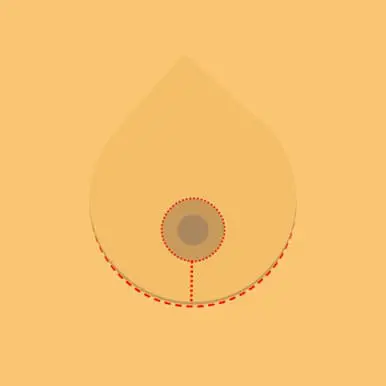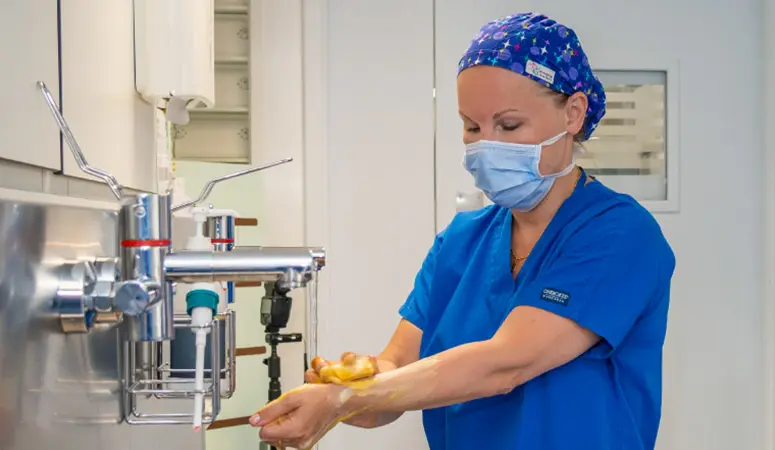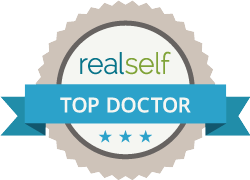
What to Expect in Breast Lift Recovery
Published by
Elena Prousskaia
Before you decide to go ahead with the breast uplift surgery, you need to know what the recovery process entails. You should be able to take 4 weeks off work to recover and alter your lifestyle to aid healing. Many of our patients understandably have worries about pain, scarring and possible side effects. While no surgery is without pain, scars or risks, this article will help to alleviate some of your concerns about breast lift recovery.
Finally, you can discover some of the amazing results of breast lift surgery and visualise what’s possible with our team of expert surgeons and nurses. Your new breasts await you – learn about what to expect after the procedure.
Click on one of the links to jump to that section
-
How long does it take to recover from breast uplift surgery?
Your wounds heal in as little as 4 weeks and your final results are visible from 8-12 months
-
No surgery is pain-free however most patients find the pain manageable with over-the-counter medication
-
What do breast lift scars look like?
Anchor breast lifts will leave an anchor-shaped scar which will disappear after a full recovery
-
Possible complications from breast lift surgery
Learn about some common and rare side effects and some possible cosmetic complications
-
Breast surgery recovery advice from a specialist plastic surgeon
Follow these three tips from a specialist surgeon to ensure a comfortable recovery
-
Breast lift recovery transformations – before & after photos
Understand what to expect from a breast augmentation, breast reduction or implant-free breast lift
How long does it take to recover from breast uplift surgery?
During the breast lift your plastic surgeon removes excess breast tissue and skin to reconfigure the breast shape and size. As a result, the recovery process is longer than some other breast surgery procedures. During the first week, you should completely rest. Wait until at least 4-6 weeks to start driving and light housework. Avoid the workplace and exercise for at least 4 weeks.

Always follow the recovery guidelines from your plastic surgeon and only incorporate new activities into your lifestyle if it’s appropriate and safe to do so. You may be able to start lower body strengthening exercises after four weeks and by 8-12 months, you should be back to your usual activities – until then, avoid strenuous activities.
To ensure you’re recovering well, you will have four follow-up appointments, one at 1, 4, 12 and 52 weeks post-op. If you have any questions or concerns about your recovery, you can contact your surgeon by phone or email between follow-up appointments for peace of mind.
Read our breast lift recovery timeline
Is the breast lift painful?
Experiencing pain after extensive plastic surgery is completely normal. However, your pain should never be severe or unbearably uncomfortable. Our highly skilled plastic surgeons ensure your incisions heal well with minimal pain.
On the day of surgery, you may experience moderate pain managed by intravenous morphine. When you leave the clinic, you will have a few days’ worth of painkillers (usually Co-codamol) to make you more comfortable at home. After this, over-the-counter painkillers such as paracetamol should be suitable to manage your pain.
Swelling, bruising and moderate pain should subside after 2 weeks. After four weeks, you may experience sensitivity and itching, but no pain, at the incision sites. A change in breast sensation such as numbness is normal and usually subsides after 6 weeks.
If you experience severe or prolonged pain, swelling, bleeding or discharge, you should speak to your surgeon immediately in case of a possible complication.
What do breast lift scars look like?
Most breast lift patients have an anchor-shaped scar on the underside of the breast and around the areola. However, after you fully recover, the scars will become near-invisible due to the careful precision of our surgeons.

To help make sure your scars heal flawlessly, you can apply silicone scar gel daily until your scars fade (usually 8-12 months). Don’t apply any creams, gels or oils to your incision sites before they fully heal (around four weeks).
Scar gel isn’t necessary to achieve perfect results. One patient comments, “I bought all the silicone patches and gels to reduce the scars but actually never used them because they healed so well”.

I bought all the silicone patches and gels to reduce the scars but actually never used them because they healed so well.

Read patient stories
Read about pain and scarring in breast lift recovery
Possible complications from breast lift surgery
All plastic surgery comes with risks and learning about them can give you greater assurance going into and recovering from your procedure. The breast lift risks range from common to rare and from mild to severe. Common side effects are always mild and severe complications are always rare (otherwise we wouldn’t operate). However, there’s always a possibility that rare side effects can alter your cosmetic result. Explore some of the possible complications below – cosmetic side effects are in bold:
Common:
-
Swelling
-
Bleeding
-
Sensation changes (usually temporary)
-
haematoma/seroma
-
Challenges with breastfeeding
Rare:
-
Scarring (possible keloid scar)
-
Asymmetry
-
Implant displacement
-
Capsular contracture
-
Slow wound healing
-
Mild infection
Extremely rare:
-
Implant rupture
-
DVT
-
Severe infection
-
Tissue necrosis
-
Reaction to anaesthesia
If you’re worried about any of the above side effects, speak to your plastic surgeon and they will help put your mind at ease.
Read about breast lift risks in recovery

Dr Elena was amazing at alleviating all my anxieties. I had a million questions before surgery, and Dr Elena always explained things with such clarity and honesty

Read patient stories
Breast surgery recovery advice from a specialist plastic surgeon
The best thing you can do to recover smoothly from the breast uplift surgery is to rest and only incorporate new activities when it’s safe and appropriate to do so. Use our breast lift recovery timeline as a guide on when you may be ready to get back to daily life but always consult your surgeon if you’re unsure about your recovery.
Next, you should follow a healthy lifestyle which includes eating nutritious meals high in protein. Only begin exercise when your plastic surgeon deems it safe and follow the recommended exercise program to avoid interfering with the healing process. You should maintain a stable weight in order to keep the results of the breast lift, so try and build healthy habits that you can stick to long-term.
You should avoid smoking and excessive alcohol consumption while recovering from surgery as these activities are not conducive to proper wound healing.
During the first 6-8 weeks, you mustn’t sleep on your side. If you’re a side sleeper, you may want to invest in an ergonomic pillow designed for back sleeping. Getting enough rest during recovery is essential.
Read our full guide on breast lift recovery advice
Breast lift recovery transformations – before & after photos
The first consideration when choosing a plastic surgeon is the cosmetic outcome. Before and after photos are essential for visualising the possibilities of surgery, however, every patient will have a different outcome depending on their own unique body and aesthetic preferences. For example, some women prefer the look of a breast augmentation, while others like to keep their breasts natural-looking. Tricky cases will require a specialist approach such as tuberous breast correction.



When researching your upcoming breast surgery, you should consider whether the breast lift is right for you and what kind of result you want. The breast uplift involves a slight breast reduction (1 cup size on average), so if you want to maintain or increase your breast size, consider a breast augmentation. If you want more manageable breasts, you can have an implant-free breast lift or a breast reduction. Most women look best with breasts that are proportional to their frame but the decision is always yours.
Read about our patients’ breast lift transformations
What to read next
Share this article
Back to Advice Centre
















